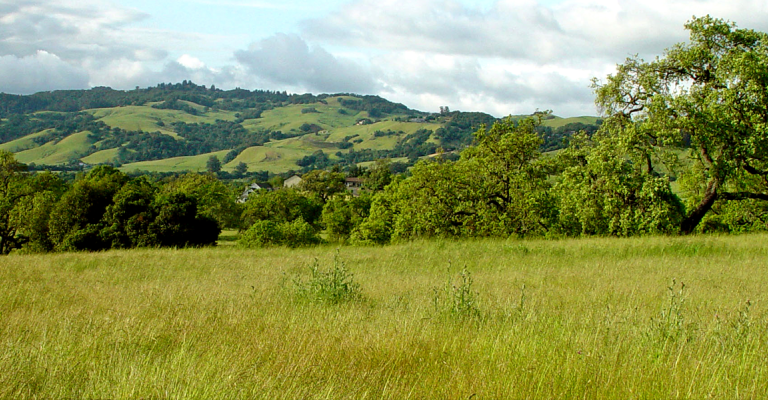Service-Learning in Geology
Service-learning activity usually falls into two categories
Type 1: Teaching/tutoring/sharing knowledge from the class.
Example: Students in a Geohydrology class at the University of Vermont in Burlington, Vermont, studied the loss of green space in their city. The students “used simple hydrologic calculations to demonstrate that this unregulated change in land use increased both the volume and peak flow of stormwater runoff.” They worked closely with the director of code enforcement for the City of Burlington and found that in some areas of mostly student occupied housing the impervious cover was over 75%, well above that allowed by city ordinance. The students made a public presentation of their findings to local government members and residents, educating them about the current land use and hopefully influencing them about future policies. The students responded, “enthusiastically to real-world applications that have implications for the society in which they live.” 1
Type 2: Using information from the class to do something with/for a community organization.
Example: Geology students at the University of Connecticut, in Storrs worked on a project for the Connecticut Department of Environmental Protection (DEP). The students conducted stability testing by using ground penetrating radar on a monument of Nathan Hale in order to determine whether it needed restoration. Students “were happy and felt encouraged when their work received the attention of the local new media.” The state DEP officials found that “some of the projects’ data and conclusions were ‘most helpful both in the professional presentation and site analysis.’” 2
Please contact [email protected] for more information.
1 Nichols, K., Bierman, P., Persico, L., Bosley, A., Melillo, P., Kurfis, J., “Quantifying Urban Land Use and Runoff Changes Through Service-Learning Hydrology Projects.” Journal of Geoscience Education, September 2003.
2 Liu, L., Philpotts, A., Gray, N., “Service-Learning Practice in Upper Division Geoscience Courses: Bridging Undergraduate Learning, Teaching, and Research.” Journal of Geoscience Education, March 2004.


